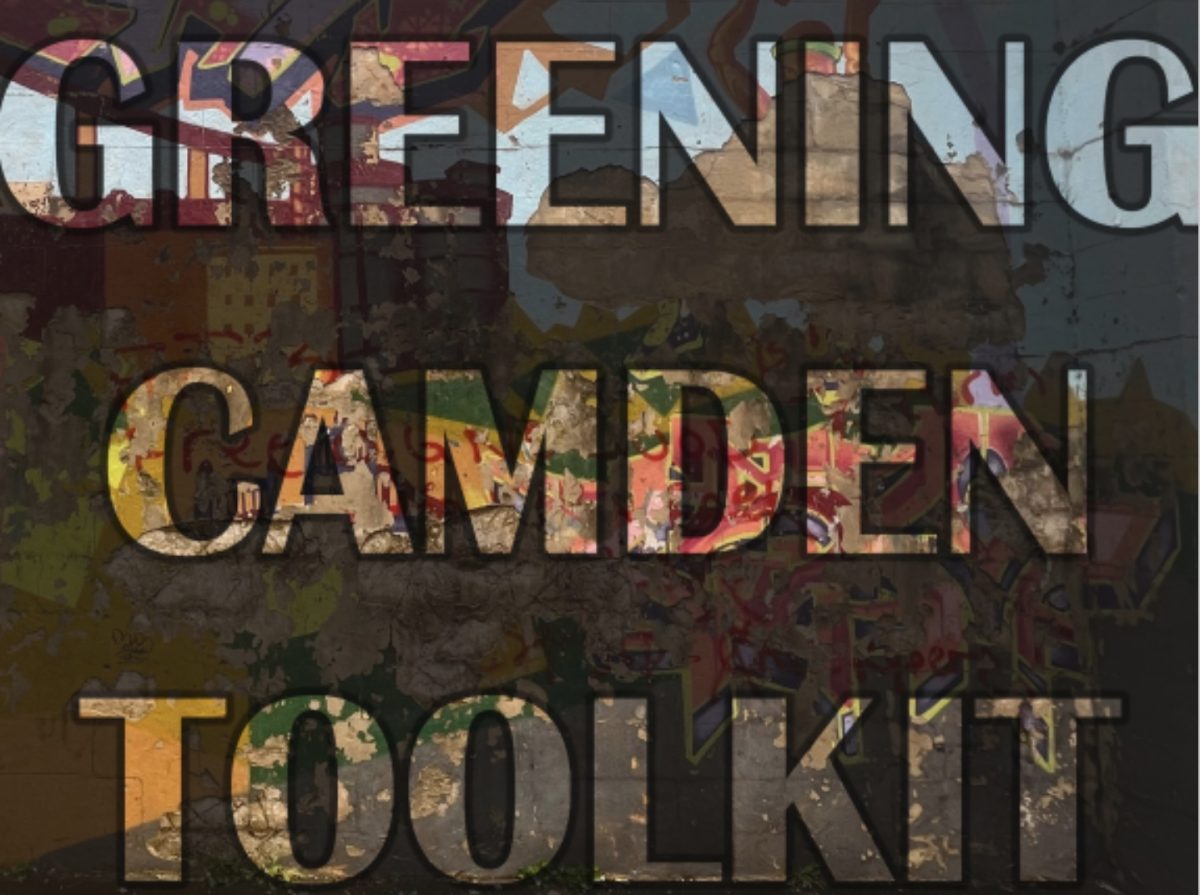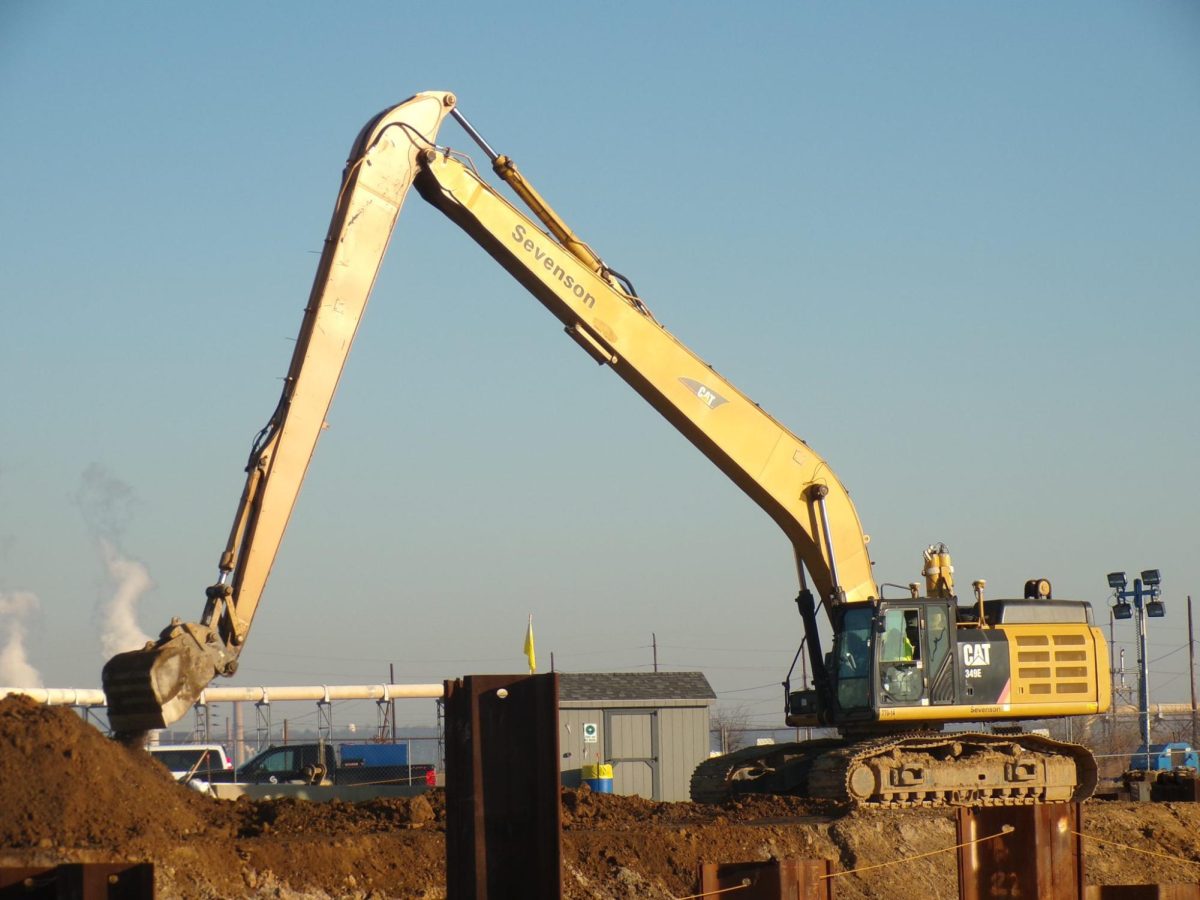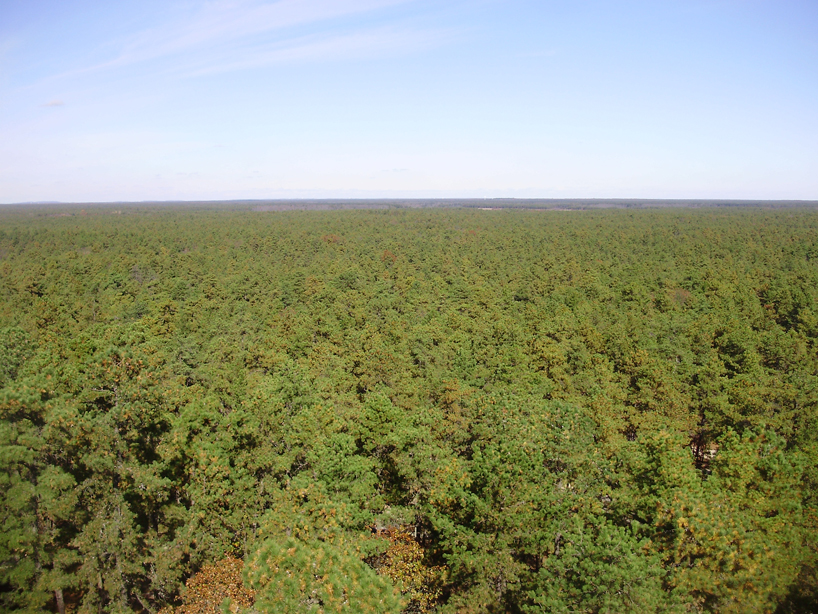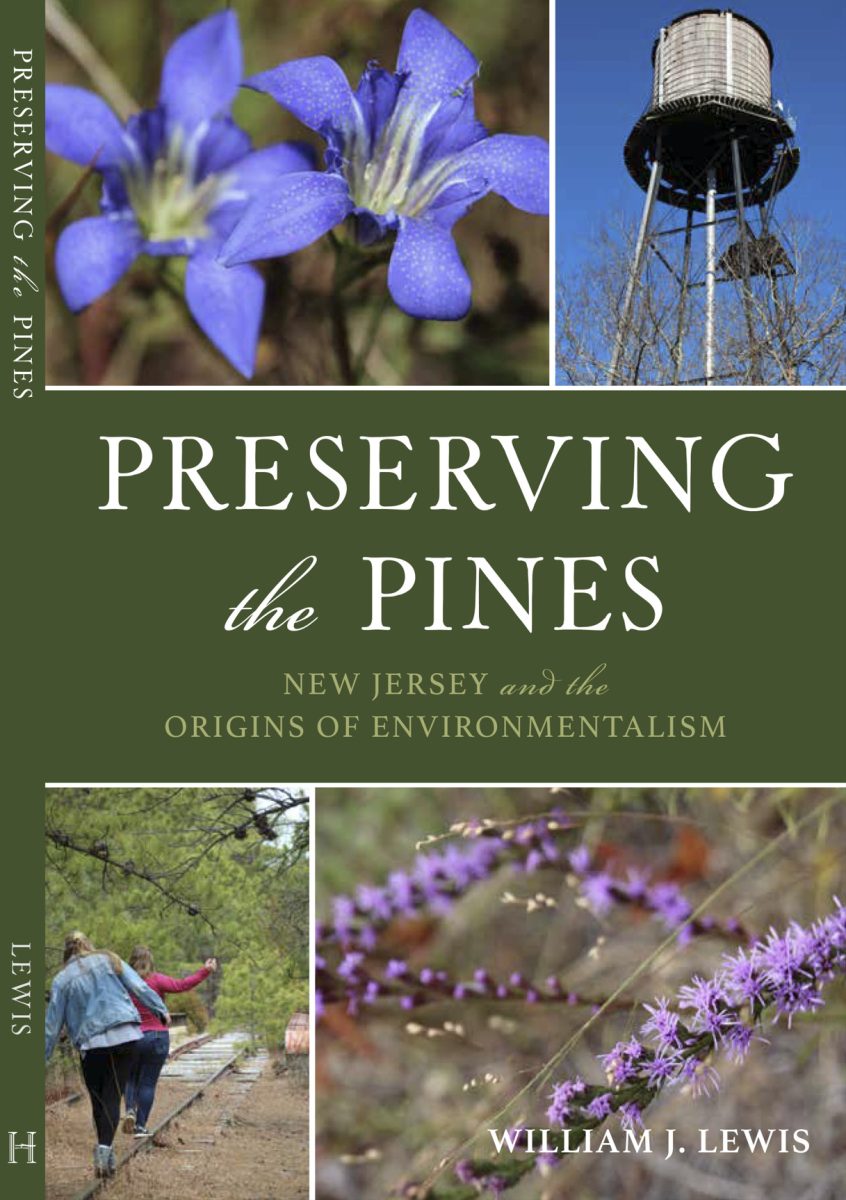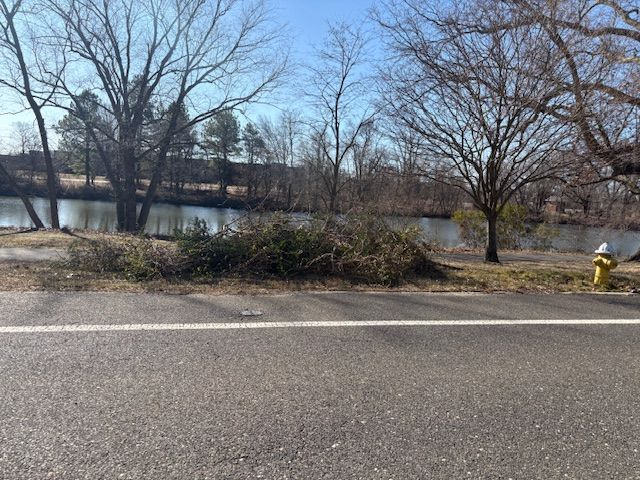The moment visitors enter the arched gates of Steelmantown Cemetery in Woodbine, they see what makes a “green cemetery” unique.
The grounds are a natural Pinelands preserve with tall trees, shrubs and native plants. Walking paths made of emerald green moss wind through the forest. And graves are marked by natural stones, piles of hand-painted rocks or wooden ornaments hanging from tiny pines.
Steelmantown specializes in natural burial, meaning that no embalming fluids are used and there are no concrete vaults. All burial shrouds, caskets and human remains eventually become part of the soil of the forest floor. 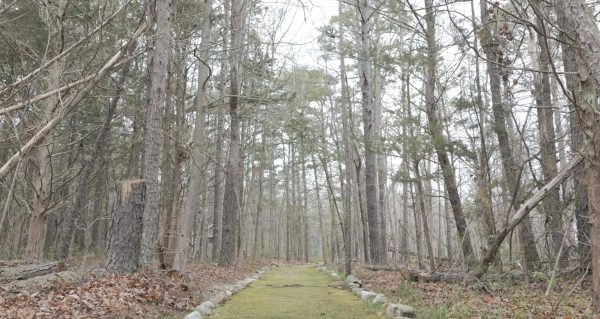
Many families also choose to plant a tree at their loved one’s gravesite, rather than a marble headstone.
“This is a beautiful way to memorialize someone with something that is living,” said Ed Bixby, who owns Steelmantown and is head of the Green Burial Council.
Perhaps most importantly, green burials also invite family and friends to be part of the burial process – to help dig a gravesite, carry a wicker casket, or plant a tree for their loved one.
“When they are out of nature, and they’re actually physically being part of it, it kind of changes their perspective,” said Bixby. “The event itself becomes more of a memorable celebration of a life that was lived and it becomes far less scary.”
The impact of modern funerals
For most Americans, there are typically two options for burial: embalming or cremation.
Both are fairly recent developments and have significant environmental impacts.
Embalming first became common during the Civil War so the bodies of dead soldiers could be returned home. The embalming of President Abraham Lincoln helped popularize the practice, along with more ornate caskets made of hardwood and lined with linen.
Formaldehyde and other preservatives are used to keep the body from decomposing. To keep these chemicals from contaminating the soil, bodies must be placed in hardwood caskets and concrete vaults. Annually, American burials use 30 million board feet of hardwood, 2,700 tons of copper and bronze, more than 100,000 tons of steel, and 1.6 million tons of concrete.
Each cremation requires a facility that can heat up to 2,000 degrees for up to two hours and releases approximately 600 pounds of carbon dioxide. If a body has been embalmed for a funeral before cremation, those chemicals are also released into the air.
In addition, traditional cemeteries require significant plots of land and maintenance: machinery for digging graves, watering grass, using fertilizer and weed killer, and mowing.
And all of this adds up to make burials very expensive. In the U.S. the median cost for a funeral with viewing and burial is $8,300; the median cremation cost is $6,280.
As a result, there is a growing interest in burials with lower environmental and financial costs.
More than half of Americans say that they are considering a green burial and cemeteries report a 72% uptick in interest and demand for the practice as well.
What makes a burial natural?
Green or natural burials try to return to how burials were performed before the advent of modern technology.
At green cemeteries like Steelmantown, the body is put into a casket or shroud made of biodegradable materials, then lowered into a grave that has been dug by hand with shovels rather than with machinery. They take great measures to ensure that the natural landscape is disrupted as little as possible.
 Steelmantown allows headstones so long as they are native to the mid-Atlantic and not polished or set in concrete, though they can be painted or engraved.
Steelmantown allows headstones so long as they are native to the mid-Atlantic and not polished or set in concrete, though they can be painted or engraved.
Steelmantown also offers water options for burial, which involves adding cremated remains to special concrete structures that are specifically designed to foster marine life. The reef balls help to restore reef systems and provide habitats for marine life, restore fish biomass, and aid in the regeneration of coral.
Planting trees and shrubs can also help to offset the carbon emissions of the cremation and beyond.
“If you plant an oak tree and it lives for 500 years, what kind of carbon offset does that have?” said Bixby. “People have to start thinking, if everyone plants a tree, it will make a world of difference.”
Emerging market for eco-burial alternatives
Currently the options for green burial in New Jersey are limited. The Garden State only has two cemeteries and fewer than a dozen funeral homes certified by the Green Burial Council.
As a result a host of companies and entrepreneurs are looking to create other alternatives.
One option is so-called “human composting,” which involves putting the body into a vessel to break down the body, through microbes over the course of five to seven weeks. This turns the body into about one cubic yard of soil amendment, which can then be used by surviving loved ones to plant a memorial tree or other form of living memorial.
Human composting is currently only legal in seven U.S. states. In New Jersey, State Senator Joseph Vitale and Assemblyman Herb Conaway Jr. introduced a bill to allow the practice in the Garden State.
“It’s about options,” Conaway told the New Jersey Monitor. “This would allow what I would guess would be a relatively small group of people who were, I would assume, very environmentally active during their life to continue their activism, even when they passed from this life.”
Another lesser known legal option is a mushroom suit, which works by putting the body into a suit made of organic cotton with mushroom spores. This type of burial helps to break down the body so that it nourishes the plant life around it. Actor Luke Perry was buried in this manner and a main company that handles this kind of burial is Coeio.
Another option is a tree pod, where the cremated remains are placed into a large soil pod with a small tree or sapling that will grow large with the nourishment of the body. These cremation pods are legal, though they can be difficult to access, as space, cost and an area’s regulations can all be mitigating factors in having this kind of cremation and burial.
Burial alternatives present challenges for regulators and lawmakers. But it is clear that in the future there will be more burial options as interest grows.
In April 2024, Rowan University hosted an event entitled“From Garden Cemeteries to Mushroom Suits: Green(ing) Death in the United States” so students could learn more.
“It’s a topic that sometimes causes people to feel some discomfort,” said speaker David Baylis, an assistant professor at the Center for Integrative Studies in the College of Social Science at Michigan State University. “I teach an entire class about green death care. Initially, students are in particular really trepidatious to have conversations about it, but they tend to open up really quickly.”
Healing power of nature
Proponents of green burial argue that beyond the environmental and financial benefits, a simpler, natural and more hands-on approach to death can also help loved ones navigate the grieving process.
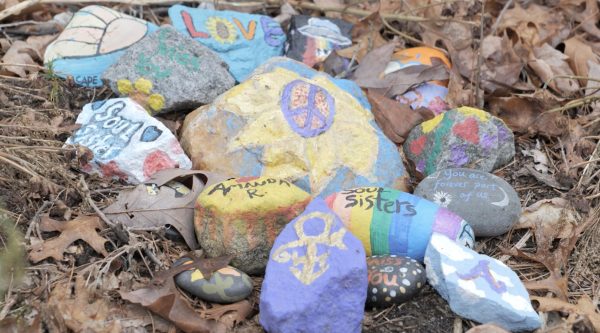 That is why at Steelmantown Cemetery families are given the option to use a wooden wagon to move a body to a gravesite, to lower it into the ground, and to fill in the dirt by hand.
That is why at Steelmantown Cemetery families are given the option to use a wooden wagon to move a body to a gravesite, to lower it into the ground, and to fill in the dirt by hand.
Or rather than storing cremated remains in a box at home, they can plant a tree where their loved ones are surrounded by natural beauty and the sounds of the birds and forest.
“What we’ve done is we’ve created something that helps the family accept someone’s passing,” said Bixby. “It’s not a bad thing. We all pass. So instead of grieving, they are able to celebrate a life that was lived.”
“Everyone has the capacity to care for their loved one in death,” he added. “It’s in their DNA. They just don’t know it.”
Learn more about green burial in New Jersey
- Green Burial Council
- Map of GBC certified cemeteries and funeral homes
- Destination Destiny: Resting with nature
- Green burials are good for the environment. They might be even better for the soul (Grid Magazine)
- Want to have a ‘green’ funeral? These are the eco-friendly options in N.J. (NJ.com)
- Dust to dust: Green funerals, burials respect nature (NJ.com)
- Thinking green – even after death (NJ101.5)

